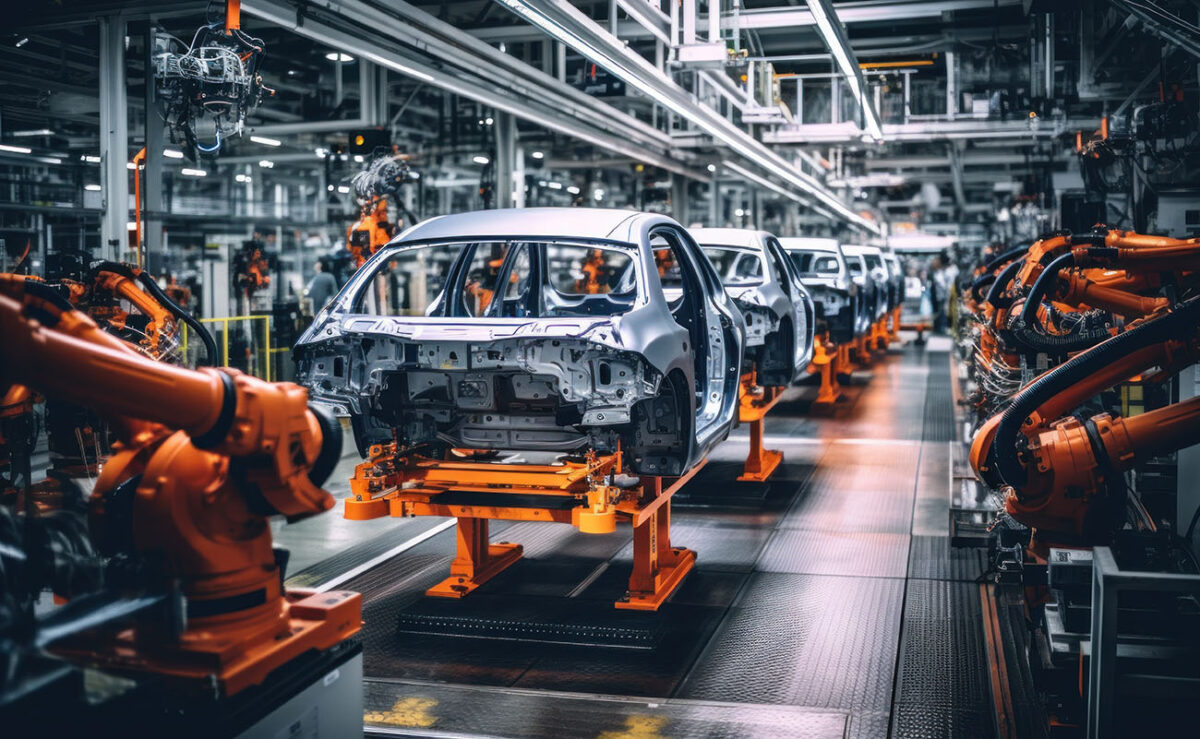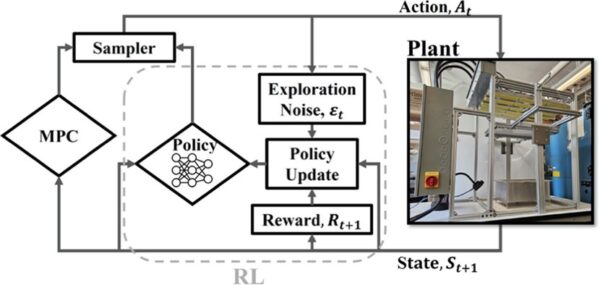Automation Trends in Thermoforming Processes

Embracing sustainability and advanced technology, thermoforming evolves to deliver innovative, automated and eco-friendly solutions in plastic manufacturing.
Thermoforming is a plastic manufacturing process that involves heating a plastic sheet and shaping it into specific forms using a mold. Subsequently, the molded plastic is cooled and trimmed to generate the finished piece. The process uses a thermoforming machine to heat and stretch the flexible thermoplastic sheet over the mold. Automation plays a crucial role in the packaging industry by simplifying production processes, enhancing efficiency, and ensuring consistency. Automated systems handle filling, sealing, labeling, and palletizing tasks, reducing labor costs and increasing output rates. Additionally, computerized systems improve accuracy and quality control, enhancing product safety and customer satisfaction.
You can also read: Come Together: Thermoforming Conference Tackles Issues and Challenges
The Role of Automation in The Thermoforming Process
Automation is becoming increasingly essential in thermoforming processes due to several factors driving the industry forward. One critical aspect is the scarcity of available labor and the demand for higher-speed thermoformers. This combination has intensified the need for automated solutions in handling parts, as the top speeds of thermoformers are currently limited by the ability to manage parts at those speeds. Moreover, automation addresses challenges related to meeting production output and fulfilling customer orders on time, particularly in the face of a shortage of unskilled labor. Finally, automation supports improved machine efficiency, reduced downtime, and enhanced hygiene standards.
Advancing Efficiency and Quality
The primary objectives of using automation in the thermoforming process are focused on part removal and handling, addressing challenges related to repetitive manual tasks and ensuring safety. By automating part handling at various stages, such as at the trim press and end-of-line wrapping, case packing, and palletizing, the process becomes more efficient and frees up human resources from labor-intensive tasks. Additionally, automation helps maintaining quality standards, as the speed of production often outpaces the ability to manually inspect parts. Integration of quality inspection technology, including emerging vision inspection systems, further enhances the effectiveness of automation in ensuring product quality throughout the process.
Pioneering Trends in Thermoforming Automation
The study “The integration of Model Predictive Control and Deep Reinforcement Learning for Efficient Thermal Control in Thermoforming Processes” showcases automation in thermoforming. Researchers achieve automation by integrating advanced control algorithms to enhance thermal control. This method addresses inefficiencies in traditional processes. Consequently, it improves consistency, quality, and production efficiency by automating heater power adjustments and optimizing temperature control. Additionally, the study incorporates Proximal Policy Optimization, allowing the algorithm to observe the environment and take optimal actions.

Flowchart of Model Predictive Control. Courtesy of The integration of Model Predictive Control and Deep Reinforcement Learning for Efficient Thermal Control in Thermoforming Processes.
In recent years, automation has been rapidly transforming the landscape of thermoforming packaging machines. Advanced automation and robotics are revolutionizing efficiency and speed by streamlining tasks such as material feeding and product stacking, reducing manual labor and enhancing productivity.
Moreover, the integration of smart packaging technologies enables real-time monitoring of the packaging process, contributing to improved traceability and quality control. Thermoforming machines are also adapting to the growing demand for flexibility and customization. These innovations in material handling and quick-changeover features allow seamless processing of diverse packaging formats. Additionally, sustainability initiatives are driving the adoption of eco-friendly practices, such as the use of recycled and biodegradable plastics. Meanwhile, advancements in machine design focus on minimizing energy consumption and optimizing material usage. These trends highlight the industry’s commitment to innovation, efficiency, and sustainability in thermoforming packaging.
